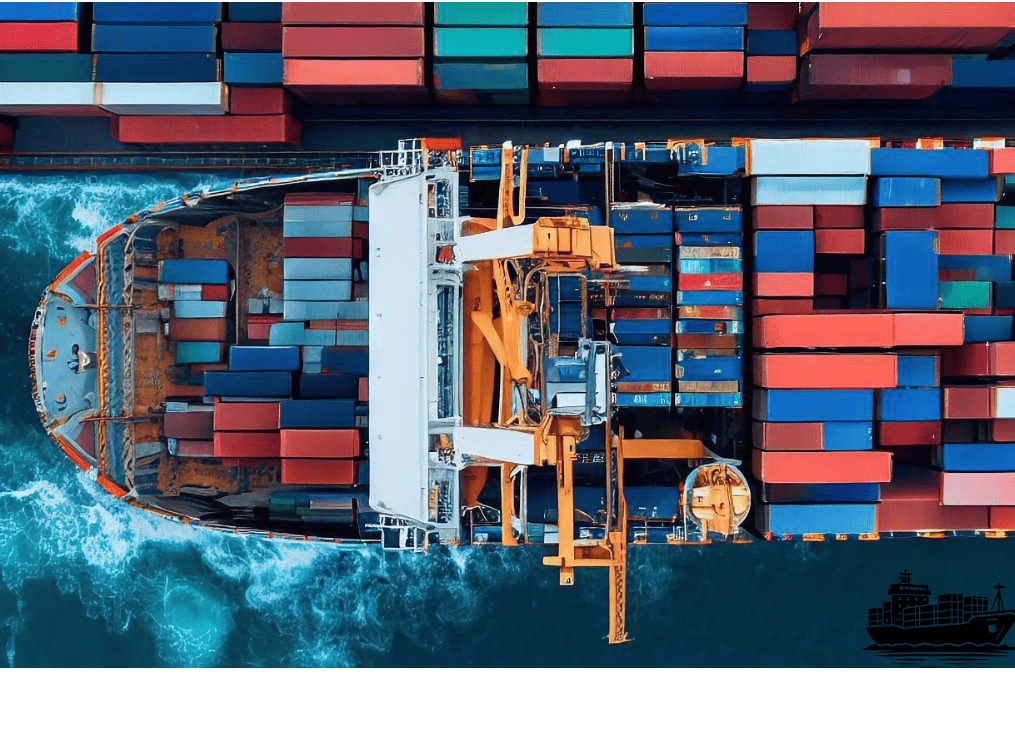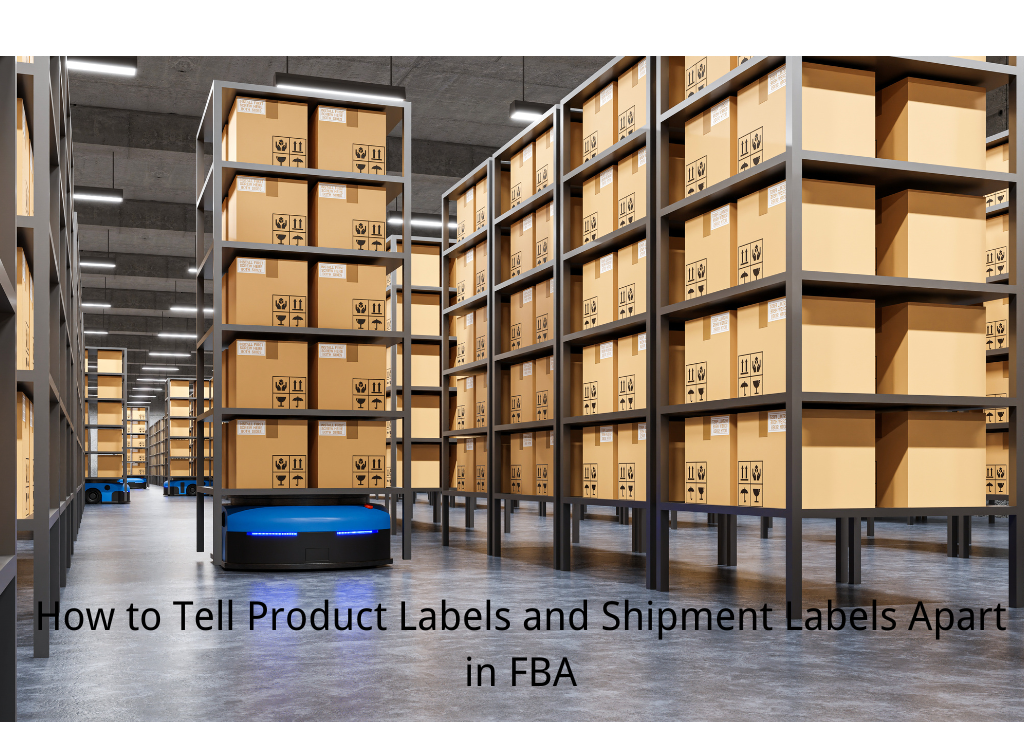FBA LCL Quote
FBA 40HQ FCL Quote
Managing logistics and shipping expenses is crucial for cross-border e-commerce sellers aiming to enhance profitability. By implementing strategic approaches, you can significantly reduce U.S. Fulfillment by Amazon (FBA) costs.
Optimize Inventory Management
Efficient inventory turnover is critical for minimizing expensive FBA storage fees. Regularly analyze sales velocity data to forecast demand more accurately. This prevents overstocking items that sit too long in Amazon’s warehouses, incurring additional storage fees. Utilize inventory management tools to set optimal reorder points and establish safety stock levels, ensuring a balance between supply and demand.
Reduce Product Dimensional Weight
Carriers and Amazon FBA charge based on the higher of actual weight or dimensional weight. To minimize costs:
Optimize Packaging Size: Use compact packaging that provides adequate protection without excess space.
Minimize Packaging Material: Choose lightweight yet durable materials to reduce overall package weight.
Package Flattening: For certain products, consider packaging them in a flattened state to reduce dimensions.
Understanding carrier dimensional weight pricing rules helps in optimizing packaging for cost efficiency.
Leverage Amazon’s Partnered Carrier Program
Amazon offers discounted shipping rates through its Partnered Carrier Program. By utilizing this service, you might find better rates than booking directly with carriers like UPS. This can lead to significant savings on shipping costs.
Ship to the Nearest Fulfillment Center
Amazon allows you to choose which fulfillment center to send your inventory to. Opting for the closest possible locations can significantly reduce transit costs and delivery times, enhancing customer satisfaction.
Consolidate Shipments
Shipping products in bulk enables you to take advantage of carrier volume discounts. Consolidating shipments reduces the number of deliveries, leading to lower overall shipping expenses. Ensure that your shipments comply with Amazon’s FBA guidelines to avoid additional fees.
Utilize Amazon’s Buy Shipping Discounts
Amazon introduced a Sponsored Discount option that allows you to purchase shipping labels through Buy Shipping at a discounted rate. The number of labels you purchase determines how large a discount you receive, so research the program as well as the rates of other carriers.
Offer Free Shipping
Offering fast and free shipping can have a significant impact on your business:
Increase Conversions: Customers are more likely to complete a purchase when free shipping is offered.
Boost Customer Satisfaction: Free shipping enhances the overall shopping experience.
Raise Average Order Value: Customers may add more items to their cart to qualify for free shipping.
Utilizing Amazon FBA allows you to offer free shipping without managing the logistics yourself.
Regularly Review and Adjust Pricing
Keep an eye on your product pricing and adjust it to accommodate changes in Amazon’s fee structure. This can help maintain profitability even when fees change. Strategic pricing adjustments may temporarily reduce margins but can effectively move stagnant inventory.
Partner with Experienced Freight Forwarders
Collaborating with experienced freight forwarders can provide valuable insights into cost-saving opportunities. They can negotiate better rates with carriers due to their volume of business and offer tailored solutions to meet your specific shipping needs.
Stay Informed and Adapt
Amazon periodically updates its FBA policies and fee structures. Staying informed about these changes allows you to adapt your strategies accordingly, ensuring continued profitability. Regularly review Amazon’s Seller Central updates and participate in seller forums to exchange insights with other sellers.
By implementing these strategies, you can effectively manage and reduce your U.S. FBA logistics and shipping costs, leading to improved profitability and a more sustainable e-commerce business.



